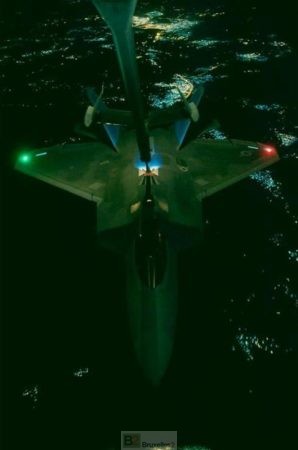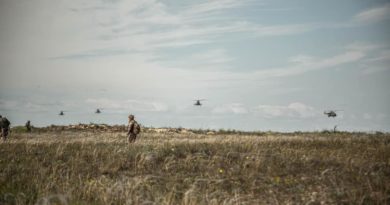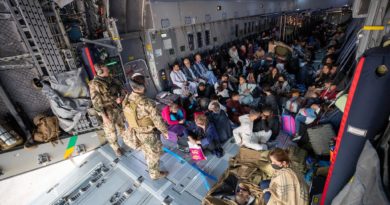How much did the strikes in Syria cost? First assessment
 (B2) It is always difficult to assess the cost of an operation such as the military strikes on Syria (Operation Hamilton), because depending on the cost basis assumed (total real cost or additional cost), we arrive at different data.
(B2) It is always difficult to assess the cost of an operation such as the military strikes on Syria (Operation Hamilton), because depending on the cost basis assumed (total real cost or additional cost), we arrive at different data.
We thus arrive at a cost between 115 et 135 millions of euros. Based on this last figure, almost three quarters of the budget is spent on ammunition (98 million euros), the rest is due to operational costs (17 million for aviation and 25 million euros for the navy).
This takes into account:
1° the cost of fired weapons as well as that of unfired weapons (whose existence is recognized on the French and American sides).
2° the hourly cost of outward and return planes — French Rafale, American B1B, British Tornado —, their escort (Mirage, Tornado, F-22), tankers and surveillance planes (Awacs, F-16, etc.), but also the preliminary location time (average) for Awacs and fighter planes.
(3) the cost of moving ships and submarines.
Methodology. The cost of weapons is calculated according to known data and the average public price, and the 'OPEX' database of B2. To define the hourly costs of planes, I used data from the Pentagon, the British government after the operation in Libya (2011 report) and the French Parliament (Launay report 2012). To define the costs of the ships, I took as a reference the average monthly cost of engagement in previous operations (Libya or Iraq), according to the 'OPEX' database of B2. The $/Euro rate was taken at an average rate of 0,81 euro for 1 dollar.
The lower range of the figure comes from a cost relativized at the operational level. Explanation: even when out of operation, ships and planes must fly or sail, if only to maintain training and vigilance conditions. NB: the relative cost of ammunition has not been taken into account. Unfired ammunition must indeed, at the end of its period of non-use, be either reconditioned, or destroyed and renewed.
(Nicolas Gros-Verheyde)
(Updated) We have received several messages. Some ask us for details. They will be added as this article is updated. Others are more critical. The criticisms relate first of all to the very fact of publishing such an assessment. That would be playing into the hands of the pacifists, we are told.
- With these kinds of arguments, political journalists will no longer write a single line, because we would always be accused of playing into someone's hands.
They also underline that we did not take into account the positive repercussions of this strike, particularly at the political level.
- This is another subject, extensively covered in our article published the day after the strikes (read: What lessons can be drawn from the military strikes on Syria? Getting out of the Syrian trap).
Finally, the “too simplistic” methodology used is also called into question.
- We are very aware of the limits of this assessment, which remains a "journalistic" and not a "scientific" assessment. Should just consider the "marginal" cost generated by these strikes, the "real" cost (of the means employed) or the "total" cost (including support and planning structures). Each of its methods forces us to make very political choices, depending on what we want to demonstrate. We have chosen to take into account the "real" cost, by relativizing certain notions.
Read also on the same subject:
The American-French-British coalition strikes three Syrian sites (V5)).


